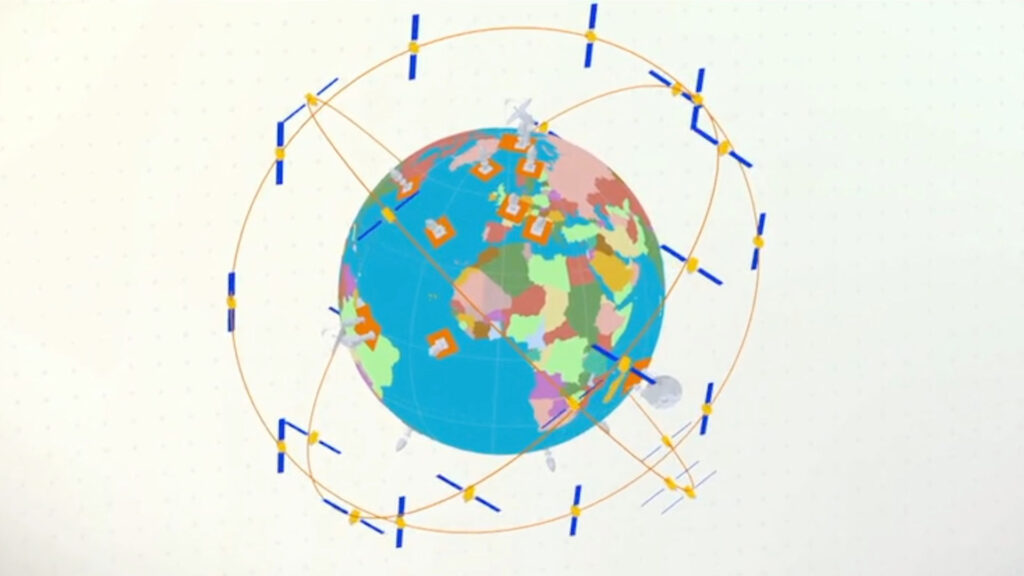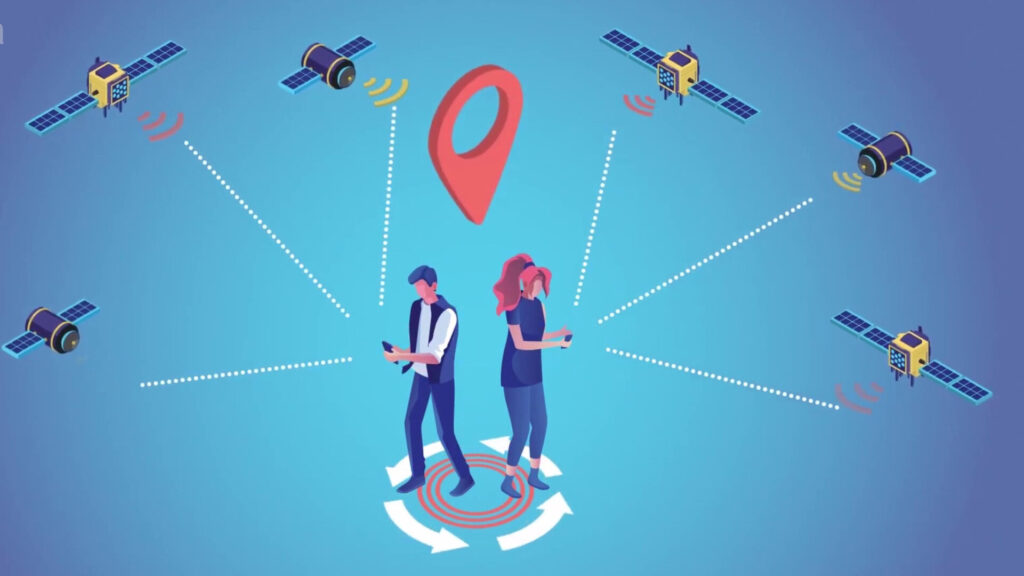It was March 12, 2013. Galileo’s first full test was completed, in total autonomy. To succeed in this experiment, crucial for the future, four experimental satellites were needed in orbit, to be able to correctly calculate a geographical position.
History is made of milestones, but also of anniversaries. On this March 12, 2023, there is one that the European Space Agency (ESA) could not miss: that of the tenth anniversary of the very first autonomous geolocation obtained thanks to four Galileo satellites in orbit around the Earth. For the occasion, the ESA returned to this day of March 12, 2013 in a story on its site.
This historic moment in the history of Galileo comes a long way. You have to go back twenty years to go back to the first concrete work on a network of satellites rivaling GPS to provide a positioning service all around the globe. In 1993, recalls the ESA, the GNSS-1 (future EGNOS) and GNSS-2 (which will give Galileo) programs were put on track.

A test of Galileo in real conditions
At a certain point, the development of the project had to move from theory to practice. ” The operation of the system had been exhaustively modeled and simulated. But the essential step to demonstrating that Galileo actually works as intended was to try it out for real. “says Javier Benedicto, Director of Navigation at ESA.
To conduct a test in real conditions, you need satellites. However, to make a complete measurement, it is necessary to have at least four of them in orbit simultaneously around the Earth. This is essential to be able to reliably calculate a geographical position on the surface. The first two experimental satellites (GIOVE-A and GIOVE-B) were insufficient.
Why four? Because each has a specific role in determining a waypoint: the first deals with latitude, the second with longitude, the third with altitude and the fourth with time synchronisation. It is therefore necessary to send two pairs of Galileo satellites, which will be done in 2011 and 2012 (with the IOV models: “ in-orbit validation “).

Another challenge: with just four satellites in place, the measurement opportunities were intermittent in the same day, which the European Space Agency was well aware of at the time. ” Sufficient coverage to obtain a navigational position was only available two to three hours a day “recalls Marco Falcone, head of the program in the past.
You had to be on point so as not to miss the shooting windows. There was also some excitement between the teams as to who would land the very first placement. ” This is why the navigation messages from the satellites were activated earlier in the morning, just before their passage over Europe “, details Marco Falcone. ” We wanted to be the first! »
At the time, the accuracy obtained was 10 to 20 meters. ” This was in line with expectations, given the limited number of satellites and ground infrastructure deployed. At the time, we were delighted: it worked! We had succeeded! “recalls Javier Benedicto. The very first positioning achieved using an exclusively European infrastructure was there.
Heading towards the second generation of Galileo
Since then, the Galileo constellation has greatly expanded. The four IOV satellites (three are still operational) with twenty-four other copies (FOC models, for Full Operational Capability). Three of them are unavailable. Others (about ten) should arrive from 2023 to 2025, before shifting to the second generation models.
In terms of precision too, Galileo has definitely improved. When it came into operation in 2016, the network showed metric precision. Since the beginning of 2023, a new almost centimetric precision threshold has been made available (horizontal precision of 20 cm and vertical precision of 40 cm). Unheard of for a commercial service.
Since then, Galileo has spread everywhere — 4 billion devices are compatible. It is found in smartphones. It is used in the E-Call project in cars to automatically alert the emergency services in the event of a major car accident. It is an element that contributes to search and rescue operations, to pick up and relay distress calls to emergency centres.
If you liked this article, you will like the following ones: do not miss them by subscribing to Numerama on Google News.
